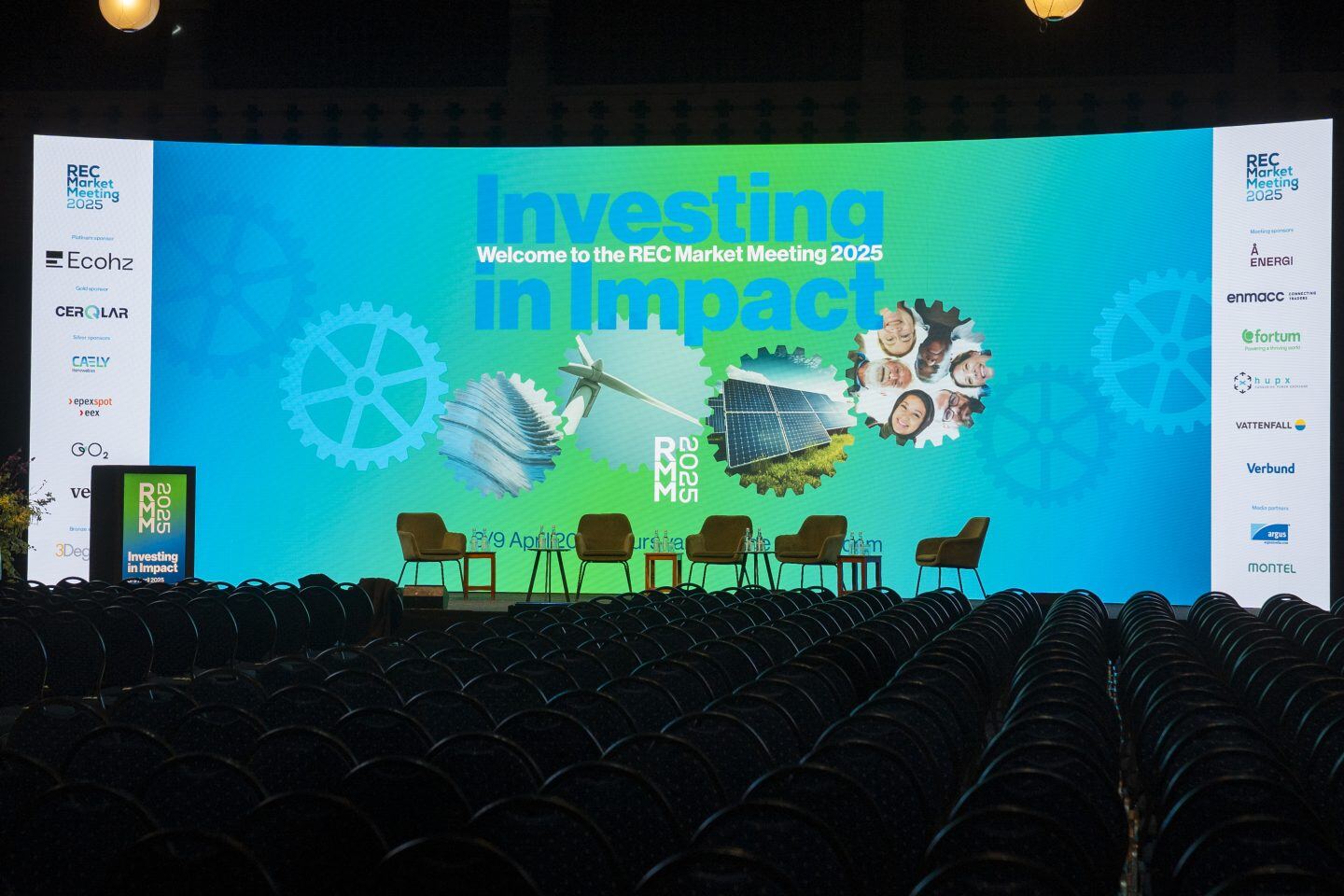What is good for the climate should be good for business too. That logic is, lately, driving crucial pieces of legislation. In the EU, for example, emerging regulation such as the Corporate Sustainability Reporting Directive (CSRD) requires companies to substantially increase their climate reporting, covering both climate risk and climate impact, in categories aligned with the Sustainable investment taxonomy.
The empowerment of climate-conscious investors is expected to increase the cost of capital for companies classified as unsustainable, while investments will flow to green activities. Academic studies have also shown the link between environmental programmes and increased returns, connecting CSR strategies with improved financial performance.
In other words, acting on climate impacts is increasingly a competitive advantage, while failing to do so will get progressively expensive.
Now, an essential element for unlocking the gains of sustainability actions is how you communicate your efforts – and a solid communication plan follows three stages of action.
Three in one: the levels of corporate climate communication
There are three levels to good corporate climate communication:
- Reporting to voluntary and mandatory standards
- Public ESG reporting
- Customer-facing communication
These three coexist to build your company’s environmental image and increase the value of your organisation.
Voluntary and mandatory reporting
First, reporting to voluntary and mandatory standards is highly technical and requires specialised knowledge. The good news is we have recipes.
Voluntary standards such as the EU Taxonomy and the Science-Based Targets initiative offer clear, robust frameworks for corporate action that follow the best-available knowledge on environmental impact. They have stringent criteria for reducing emissions and provide answers to a fundamental question: what exactly is net zero?
Your understanding of net zero – the holy grail of climate action – will dictate how you move towards it. The best thing is that you don’t have to reinvent the wheel. There are science-supported definitions already available and detailed guidebooks detailing what companies in each sector should consider in their net zero strategies. And although standards constantly evolve along with climate science, they are our best tools to determine what is good climate action and what is not.
As for mandatory reporting, we see a global emergence of regulation that will require companies to disclose their environmental impacts. But fear not. Complying with the EU’s Corporate Sustainability Reporting Directive and similar rules will be manageable once you are familiar with the voluntary systems.
ESG reporting
Essentially, ESG reporting is a translation of technical reporting into clear, understandable language. This is where you tell the investors, customers, auditors, and anyone who is curious about what you are doing in terms of environmental action – and detail how you are doing it.
The goal is credibility. Customers covet sustainable products. Investors favour green companies. You want to assure them you tick those boxes and to achieve that, you must be transparent and consistent.
Basing your ESG reports on voluntary and mandatory standards shows you are following the best available science. Consistency with these guidelines allows you to claim a solid, verifiable foundation for your actions.
The rest comes down to being transparent. When focusing on reducing carbon emissions, you can ask yourself: Where do your emissions come from, and how are you mitigating them? What progress have you made? How far do you still have to go? What is your plan to go the rest of the way? Take the metrics detailed by science-based standards and explain your actions as clearly as possible along these axes.
A good concept to remember is materiality, an organisation's areas of significant economic, environmental, and social impact. Succinctly, this means that you should focus your action where most of your emissions lie. Reducing emissions from your energy consumption is usually a sensible place to start.
Reaching net zero is a process and requires a roadmap customised to your organisation. If you have a plan that aligns your business sector, action, and scientific foundation, credibility will follow.
Customer-facing communication
Communication is essential for attracting customers and highly skilled employees. And the possibilities for signalling your environmental actions are myriad.
For example, Apple covered its corporate headquarters in Cupertino, California, known as Apple Park, with a 17-megawatt rooftop solar installation. This is, at the same time, a way to show environmental commitment to the world and tell Stanford University students who drive by daily that Apple is an attractive employer. For over a decade, Apple has been considered one of the best companies to work for.
Starbucks devised a comms campaign that offered customers and employees the chance to become ‘partners’ of a solar power plant that delivers electricity to all its NYC stores.
However creative they get, communication efforts should align with ESG reports and, in turn, with science-based reporting. Robust standards provide a solid base for all communication that comes after, allowing companies to turn their sustainability strategies into pillars of a thriving business.
Consistency along all three levels of climate communication is a path to added business value. Attracting new investments, appealing to skilled employees, and enhancing customer loyalty depends more than ever on credibly and accurately communicating your climate strategy. Needless to say, the planet will be grateful too.


.png?width=3840&height=2560&name=Sun(1).png)

.png?width=3840&height=2560&name=Landscape_2(1).png)





